During the lifetime of forest stands they are subject to many different factors that can potentially threaten their very existence. Abiotic factors such as windthrow and fires can devastate forests while biotic factors such as insect pests, diseases and animal damage can seriously affect their health and productivity. The protection of forests is therefore one of the key objectives of forest management in order to maintain the sustainability of the forest resource. This section outlines the common threats that impact on Ireland’s forests and the measures that are taken to avoid them.
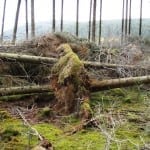
Windthrow
Ireland being an island on the edge of the Atlantic Ocean experiences some of the windiest and wettest weather in Europe. Irish forests are regularly subjected to high winds and when these are accompanied by heavy rainfall they pose a […]
Read More
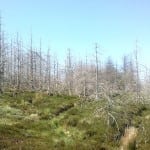
Fires
Ireland is fortunate in not experiencing the large scale devastating forest fires that are common in drier regions. The mild moist climate with rainfall throughout the year ensures that prolonged droughts are a very rare. While crown fires in mature […]
Read More
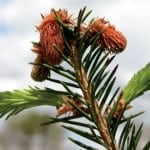
Frost Damage
In Irish forests the most damaging frosts are those that occur at the end of spring and beginning of autumn. Young trees are susceptible to frost damage from the early seedling stage until they reach a height of approximately 1.5 […]
Read More
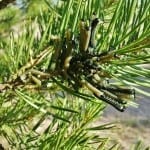
Insect Pests
Irish forests are recognised under the European Union Plant Health Directive 77/93/EEC as being among the healthiest in Europe, with relatively few serious forest pests or diseases. This is mainly due to Ireland’s island status, the relative newness of the forest […]
Read More
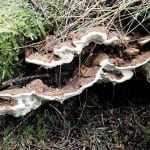
Diseases
Ireland being an island has relatively few diseases that affect European mainland forests. The barrier created by the sea and the fact that most of our forests have been established over the past 70-80 years on bare land with introduced […]
Read More
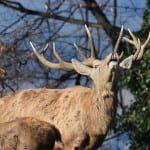
Animal Damage
YOUNG PLANTATIONS Newly established forestry plantations are particularly vulnerable to damage by livestock and wild animals. The main problems are caused by animals that like to browse on the shoots of young plants i.e. sheep, deer, rabbits, hares and occasionally […]
Read More
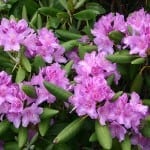
Invasive Species
Invasive non-native species introduced into Ireland are of increasing concern to ecologists, land managers and fishery biologists. Introduced species and genetic material can have a major impact on biodiversity. When non-native species become invasive they can transform ecosystems, and threaten […]
Read More
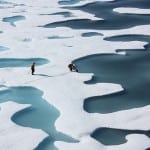
Climate Change
Human-induced climate change is a global issue that is starting to become apparent in many parts of the world. It is the primary environmental challenge of this century. Increasing levels of greenhouse gases such as carbon dioxide are enhancing […]
Read More









